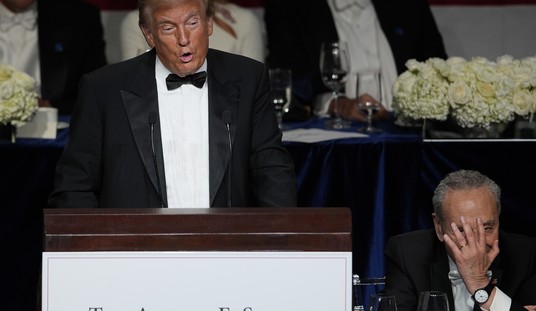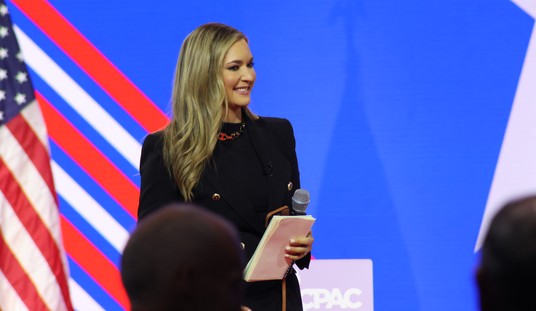Back in 2007, the Supreme Court determined that, under the Clean Air Act, the Environmental Protection Agency not only has the authority to regulate but indeed should regulate greenhouse gas emissions from new motor vehicles — but fast-forward to President Obama’s climate-change agenda and his administration’s strategy to use the EPA’s Clean-Air auspices to regulate stationary sources (i.e., coal-fired power plants), and the EPA is back at the Supreme Court. I’ll point you to Carrie Severino’s review at NRO for a more thorough rundown, but the justices heard the arguments on Monday from the six combined cases, with the utility industry, the Chamber of Commerce, and thirteen states arguing that the EPA has once again overzealously outstripped its own authority, while fifteen other states and environmentalists groups argued that the EPA is doing exactly what it should be doing. Via WaPo:
The stakes are described in apocalyptic terms. One conservative coalition warns that the Obama administration is attempting “perhaps the most audacious seizure of pure legislative power” since President Harry S. Truman tried to commandeer the steel mills during the Korean War. Environmentalists say the objecting states and business groups are trying to undo decades of EPA practice.
But unless the court decides to revisit its 2007 decision that says the EPA has the power to regulate greenhouse gases — and there’s no evidence the justices are willing to reopen that debate — the upcoming ruling may not live up to the hype.
Utility Air Regulatory Group v. EPA , which deals with “stationary sources” such as power plants and factories, could end up being more about PR than CO2.
Both sides agree that the outcome will not affect the agency’s rules governing emissions from motor vehicles or plans underway to control new power plants. And a victory could be seen as an affirmation of Obama’s authority to move boldly on environmental regulations in the midst of a gridlocked Congress.
A defeat, however, would look like a repudiation of the Obama administration’s power-grabbing via heavy regulatory fiat, rather than working with Congress to put together actual legislation. As ever, the pivotal vote will likely come from Justice Kennedy; as Lyle Denniston mentioned at SCOTUSBlog yesterday, Kennedy expressed some skepticism, but didn’t say anything amounting to outright disapproval of the EPA’s actions, either:
As is so often the case when the Court is closely divided, the vote of Justice Anthony M. Kennedy loomed as the critical one, and that vote seemed inclined toward the EPA, though with some doubt. Although he seemed troubled that Solicitor General Donald B. Verrilli, Jr., could call up no prior ruling to support the policy choice the EPA had made on greenhouse gases by industrial plants, Kennedy left the impression that it might not matter. …
“Reading the briefs,” he commented to Verrilli, acting as the EPA’s lawyer, “I cannot find a single precedent that supports your position.” It appears that there just isn’t one to be had.
That, then, raised the question: how much would Kennedy be willing to trust the EPA to have done its best to follow Congress’s lead without stretching the Clean Air Act out of shape, as the EPA’s challengers have insisted that it has done? He made no comments suggesting that he accepted industry’s complaint of an EPA power grab.
In a nutshell, the Obama administration has once again taken an overtly aggressive stance on interpreting, and effectively rewriting/expanding, its powers for the sake of their grandiose climate agenda, basically because they feel like it — which, funnily enough, seems to be the guiding principle of the Obama administration in general (ahem, ObamaCare). We’ll have to wait until around June for the decision.







Join the conversation as a VIP Member